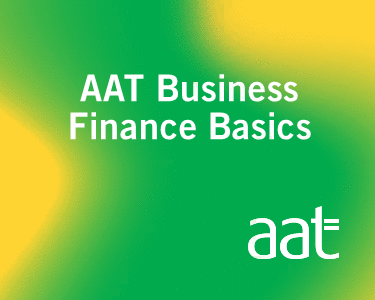Of a list of Amazon’s business achievements, the boldest has to be when the company tried to introduce Black Friday to the British market in 2010. Its efforts were mocked at the time, but seven years later — for better or for worse — Black Friday has become a mainstay of the British holiday season.
In 2016, British people spent nearly six billion pounds over four days across Black Friday and Cyber Monday. 2016 saw a 15% increase in sales from 2015 and there’s no reason why 2017 won’t be even bigger.
As the company that managed to introduce an entire weekend dedicated to retail to the fifth largest economy in the world, there’s a lot businesses can learn from Amazon about encouraging people to buy. Of course, not everything Amazon has done is admirable, so there’s a lot we can learn from their mistakes, too.
People are willing to spend more — despite what they claim
Amazon’s mentality is that people are always willing to part with their cash. For years, Britons laughed at the notion of Black Friday. We would never indulge in such crass consumerism, we said to ourselves. However, Amazon is great at giving people a reason to buy. It knew that — deep down — British people are just as eager to spend billions in the name of a deal as Americans are. As the old saying goes, build it and they will spend.
Another example of this is Amazon’s “free delivery”. We all know that this free delivery comes with a cost, a minimum spend of £20, but things weren’t always this way. For years, Amazon offered UK shoppers a minimum spend of £10 for free delivery. In 2017, most British shoppers still say they expect free delivery on items over £10. Amazon’s previous stance is probably a big reason for this.
Yet, despite how people claim they feel, Amazon was confident that we would be willing to spend more — a lot more — for free delivery, so it doubled the minimum spend threshold from £10 to £20 in 2015.
Did British people start buying less from Amazon after this? Did we shop elsewhere in protest? Did Amazon regret its decision? No, no and no. Revenue in the UK in 2016 absolutely soared because Amazon knows that we are willing to spend more than we claim we are.
Every shopper likes to imagine themselves as a savvy saver, but Amazon knows better. The success of Black Friday is a perfect example of this, and the success of doubling its minimum spend threshold is an example of this, too.
Predicting the future is a form of investment
When Amazon spends money on robots or far-flung future technologies such as drones, these aren’t publicity stunts. They are big statements about what Amazon believes the future of shopping will look like. While “Cyber Monday” is supposed to be the online shopping extravaganza after Black Friday, Amazon knows that people are willing to shop online on both days. In fact, it knows that people are willing to shop online on any day of the year.













